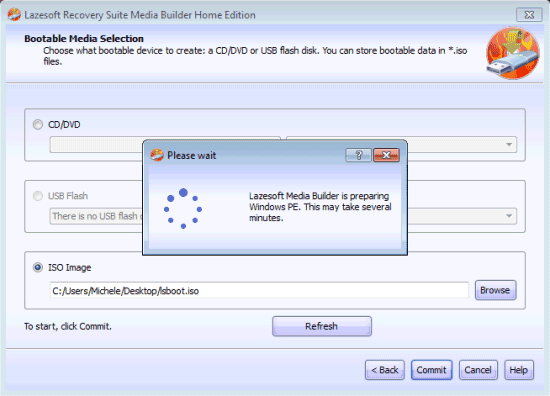Windows 7 Ripristino Boot Loader Da Cd Di Installazione Program
What Are the Boot Sector and Master Boot Record? RELATED: The boot sector is a small section at the beginning of a hard drive that gets created whenever you format the drive.
Apr 1, 2010 - Like the Windows Vista Recovery Command Prompt, the Windows 7 version also allows you to run graphical programs such as Notepad. You can read this guide on how to configure your bios to boot from a CD or DVD. 7 setup screen where you would normally install Windows 7 on to your computer.
The boot sector contains some code and data that helps BIOS hand off control of the startup process to Windows. The boot sector also hosts the (MBR), which contains the disk signature, partition table for the disk, and a small bit of code called the master boot code. When a PC starts, the initial power-on routine is handled by the BIOS. The BIOS then loads the master boot code into the PC’s RAM and hands off the startup processes to it. The master boot code scans the partition table, determines the active partition, loads a copy of the boot sector into the PC’s RAM, and hands off the startup process to that code. It’s this boot strapping process that allows the initial bits of the Windows code to start loading.
The boot sector can experience the same types of problems as any other part of your hard drive—missing files, corrupted files, and even physical damage. When the boot loader process fails, it will happen after you see the BIOS information but before Windows actually begins to load. Relicensing program seattle. You’ll usually see error messages like the following: • Error loading operating system • Missing operating system • Reboot and select proper boot device • Invalid partition table • Bootmgr is missing • FATAL: No bootable medium found! System halted. If you are seeing any of these messages, it means you won’t be able to start Windows and will have to use the Windows Recovery Environment to do your troubleshooting.
We’re here to walk you through that. Note: If your PC starts to load Windows, but then fails, then the bootloader is not the problem. Instead, you should try and troubleshooting from there. Performing a would be a good place to start. Boot From the Windows Installation Media or Recovery Partition The first thing you’ll need to do is start your PC into the Windows Recovery Environment. It’s possible that your PC has a special recovery partition that will allow you to start the Windows Recovery Environment without needing a physical disc.

How you do that varies with what brand of PC you own, but you’ll often see a message during startup telling you what key to press to start recovery and repair. If your PC doesn’t have a recovery partition—or you’re just not sure how to access it—you can also start your PC using a DVD or USB with the Windows installer on it. If you don’t have an installation disc, you’ll have to use another PC to. You can then that you can use to boot your own PC.
And by the way, if your PC is still operational you might want to take the precautionary step of that you can use in the future. If you start your PC using an installation disc, click through until you see the initial Windows installation screen and then click the “Repair your computer” link instead of starting an installation. If you’re starting from a recovery partition or repair disc, the screens might look a little different, but you’ll end up at the same options we’re going to cover here. Windows will then load the recovery environment.
On the first page, click the “Troubleshoot” option. The Advanced Options page will appear next and it contains the options we’ll be discussing in the next couple of sections. Note that if you’re using Windows 7, the screens may look a bit different. You’ll see most of the same options, though, including the ones we’re going to cover next. Repair Startup Automatically In most cases, you should let Windows try to automatically repair startup. Not only will it attempt to fix the Master Boot Record or recreate the boot sector, it will scan for and try to fix other common startup problems as well.